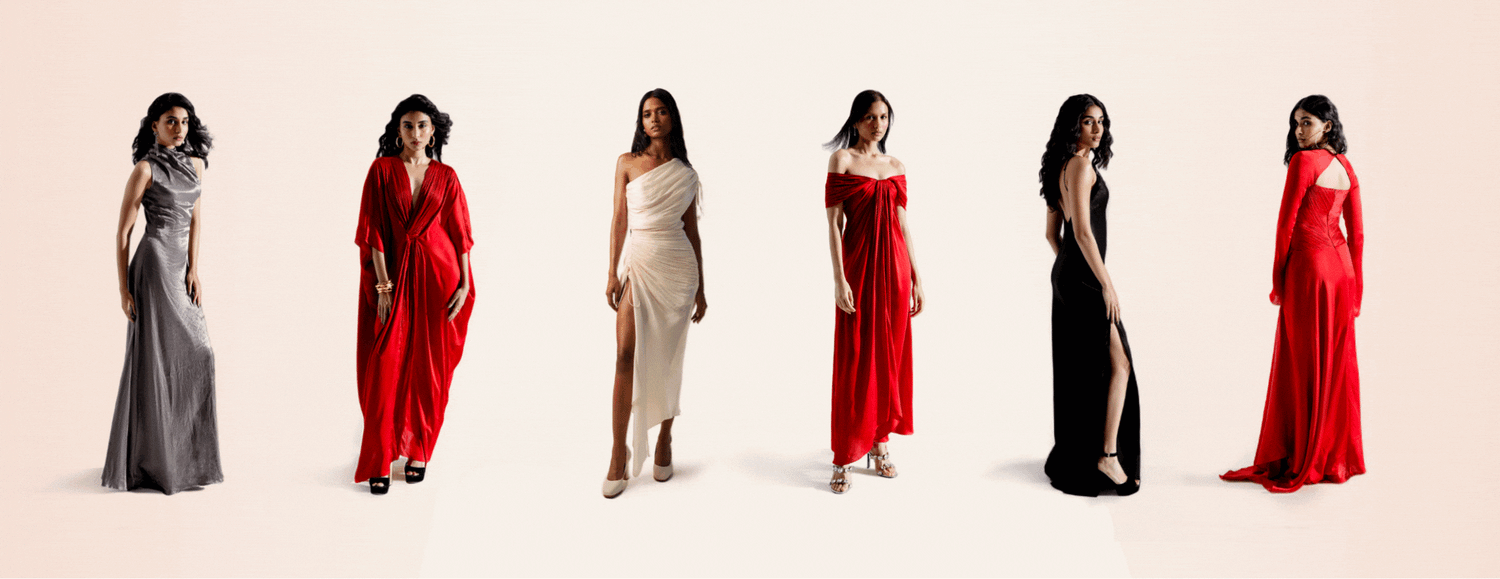Different cultures at different times discovered the unconventional beauty that is tie & dye. The most recent being the countercultural movement of the 60s and 70s, the ancient African tribes have worn the art with pride for over a thousand years while the Japanese have been shaping world design with Shibori tie & dye ever since 238 BC. In the Indian subcontinent, Bandhani has held a meaningful and expressive place in the local culture ever since 300 BC, as first documented by the travels of Alexander the Great.
Over five millennia later, the vivid colours and patterns of tie & dye have stood the test of time with their stirring movements and arresting style. Undeniably, there has to be some magic in its making.
Perhaps the intuitive explanation one can think of is its unfathomably strong connection with the human psyche and spirit. Ever since its inception tie & dye has never been restricted to being a mere pretty drawing on cloth, rather it has been the face of countless identities and movements over centuries. For many it stands as a reflection of their heritage, a symbol of pride when worn to be distinguished as a member of a particular clan or community. In Bandhani, the colours are dyed to represent milestones in the wearer’s life, red for the bride, yellow for the young mother and saffron for the sage. With time and evolution, the ancient artform found itself symbolising a new, fearless and carefree era. It has been the voice of change, representing a new age of free spirits and rulebreakers, eventually becoming for some time, the dress of a generation.
Tie & dye is also the most prevalent technique in our latest drop, Anomaly. In a nutshell, Anomaly celebrates our intrinsic state of being, one devoid of the carefully crafted exterior moulds we build in order to fall under what is ‘normal, standard or expected”. Its pieces are there to remind us of who we are with our flaws and our eccentricities – anomalously beautiful and strongly individual. There lies a firm and persistent parallel between ‘Anomaly’ and the art of tie & dye. A tie & dye pattern is like a fingerprint, distinct and exceptional. Its colour trails forge their own path as they dance around with the force and fluidity of water. This is most prominent in the technique of ‘distorted’ tie & dye, where the bindings are irregular with no set definition of knots. Distorted tie & dye is perhaps as authentic as design on fabric can get, it is unruly, shapeless and mangled but ever so beautiful.
So here we are, once again entrusting this ancient artform to stand as a poignant indication of a new wave. We are going to wear it as a symbol of our pride and acceptance towards ourselves. This time around, tie & dye is here to remind us of our power to forge our own paths and live carefree with the beauty of our flaws and scars.



